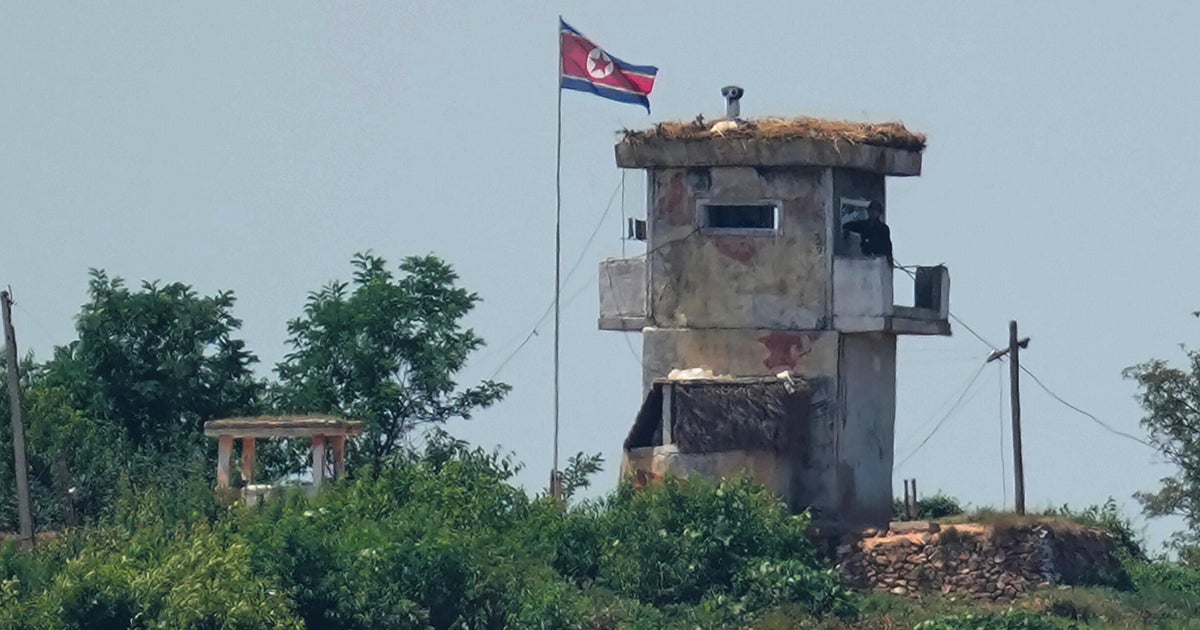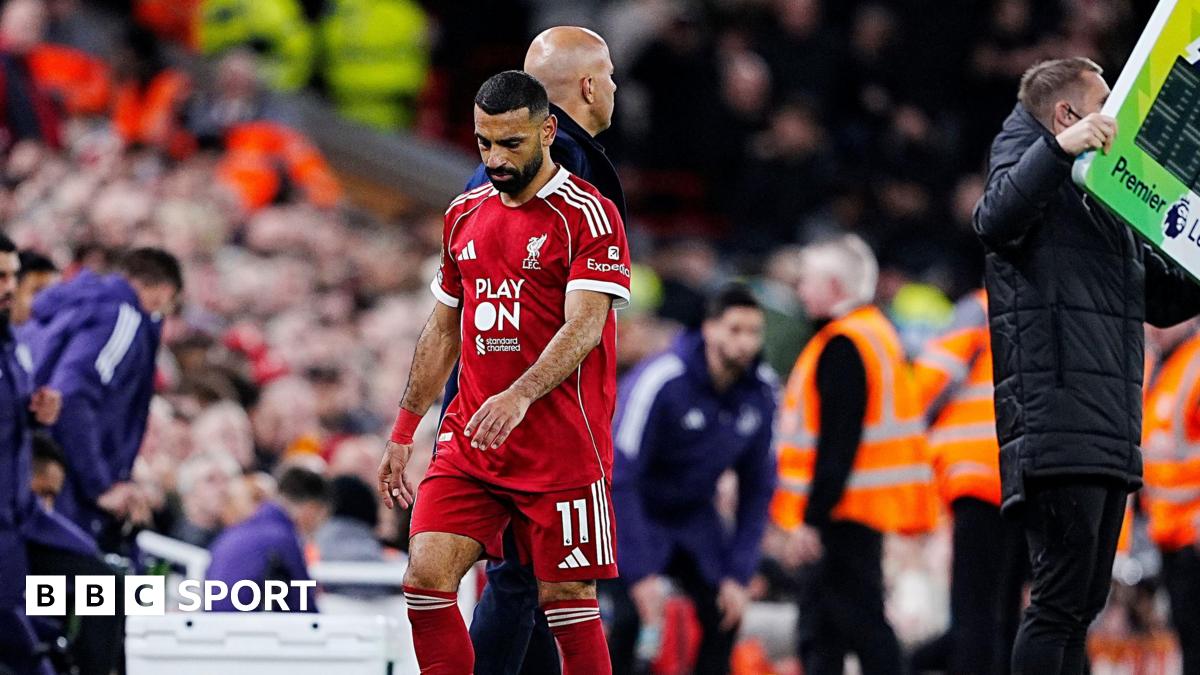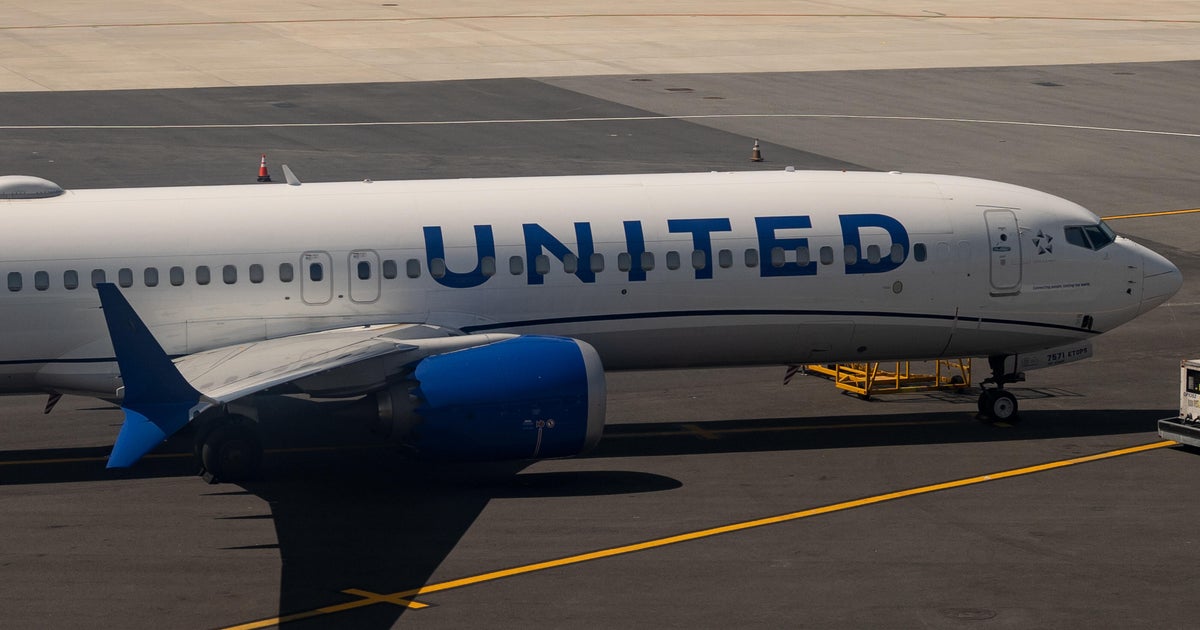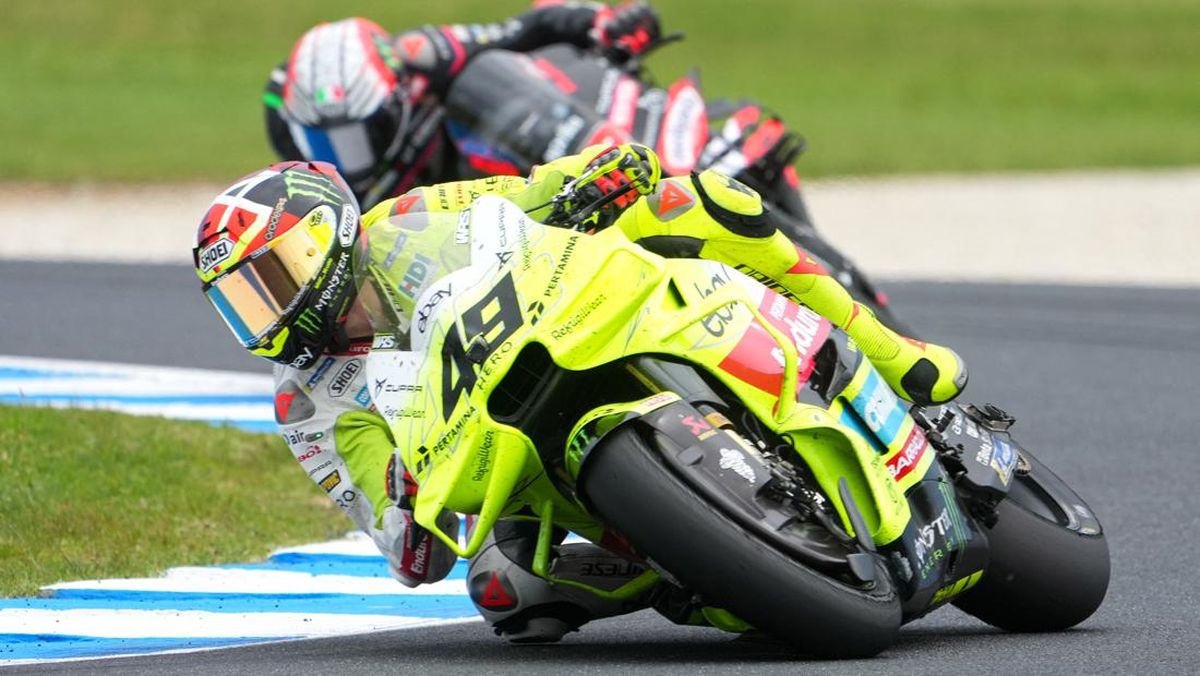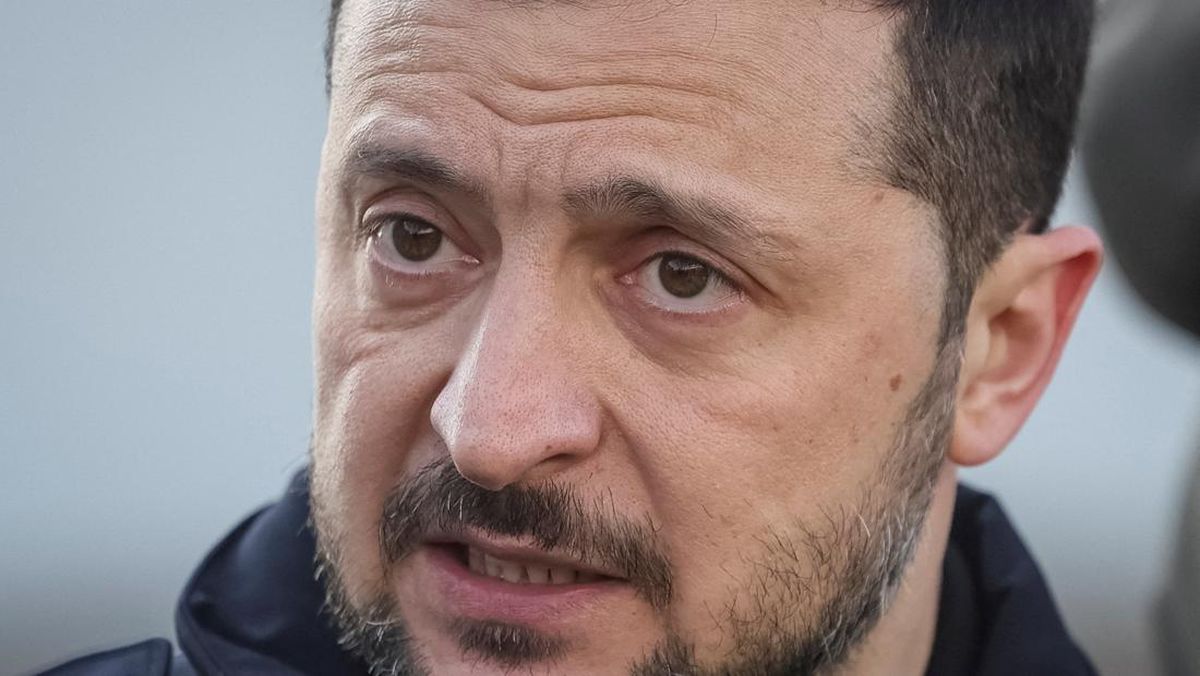October 20, 2025 — 5:00am
Near the top of a mountain pass called Col de l’Iseran in the French Alps, the realisation strikes. A European summer cycling holiday might not be quite as idyllic as I’d hoped.
All those hours watching the Giro d’Italia and Tour de France on SBS had me expecting lush mountain landscapes, vibrant blue skies, glorious rivers, sun-drenched fields of sunflowers, gambolling horses, stunning chateaux and picturesque towns with charmingly ruined churches.

But with every pedal stroke, I’m the one feeling ruined. I wonder why the road never seems to end. Why I’m spending my holiday this way. Whether I should just stop, lay the bike down and catch a lift to … well, anywhere that has a cafe or a bar.
It’s chilly and raining steadily when we ride off in twos and threes from our hotel in Sainte-Foy-Tarentaise after breakfast, turn left and start a 36 kilometre climb. Over the next three-and-a-half hours, the temperature keeps dropping.
While there is temporary respite from the cold at a morning tea stop in the ski village Val d’Isere, it feels just as icy getting back on the road.
Towards the top of l’Iseran, it’s snowing lightly and a cutting wind is blowing. My hands are so numb I can’t feel the handlebars. My enthusiasm for cycling – and possibly life itself – is dissipating.

Eventually reaching the summit, I find a well-rugged-up motorcyclist taking a photo of the l’Iseran sign, ask if she’d mind taking one of me with my phone, and try to smile. But my jaw is so frozen the best I can manage is a manic grimace.
“How cold is it?” I yell to Neil Morris, one of two guides in support vans on a six-day cycle tour through the southern Alps. “Minus two,” he calls back. “Do you want to hop in the van?”
I sling the bike in the back seat for a lift to a restaurant halfway down the descent, one of the recommended lunch spots for the day. Gradually thawing over a pasta in weak sunshine, I remember what I love about cycling: the adventure, the exercise, the freedom, the outdoors, the challenge.

The holiday – six days riding with Marmot Tours from Lake Geneva in Switzerland to Nice on the French Riviera – continues.
European cycle trips seem more popular for Australians every year, no doubt boosted by SBS’s race coverage. I’ve now tried three different versions.
One was a solo five days riding along dedicated cycle paths and stopping at châteaux and cafes in France’s Loire Valley. I stayed in a hotel in Azay-le-Rideau and hired a bike. Verdict: Excellent for anyone wanting the Euro equivalent of cycling around wineries in Australia.
Last year, I spent 10 days riding with three friends – inventing a different route every day and stopping whenever we felt like a break or a coffee – in Tuscany. We stayed at an Airbnb outside San Gimignano, hired bikes that were delivered to our villa, never rode more than 100 kilometres a day on rolling hills, then went to Florence to watch the grand depart of the Tour de France. Verdict: Magical, surprisingly easy to organise yourself, and not too taxing.
This year, the plan with two friends is to climb some of the famous mountains in Italy and France, at least part of the time on organised tours. There are many well-reviewed operators – often combining riding with watching the Tour – so some research is necessary.
We decide to start with a six-day ride with Marmot called “Italian Dolomites & Stelvio”, leaving from outside Venice and finishing near Milan. We then stay in an Airbnb for a week in the French Alps town of Le Bourg-d’Oisans to ride as much (or as little) as we feel like.
Then there are another six days on Marmot’s more challenging “Raid Alpine”, from Lake Geneva to Nice. Both the company’s tours include hotel accommodation, breakfasts, dinners, bike hire if required and guides in two vans for water, snacks, repairs, first-aid and moral support, following daily routes downloaded onto our bike computers or phones.
Other than that brutal day on l’Iseran, it pans out well. Many days are tough but the landscapes and the fresh air are sensational.
Hiring bikes – Titanium-framed on the Marmot tours, carbon in Le Bourg-d’Oisans – proves to be a smart decision. They are good quality, set up well for climbing and I don’t have to haul a cumbersome bike box around and keep assembling and dismantling my own bike.
Passo dello Stelvio, a mythical climb up to more than 2700 metres, is a highlight.

After a three-hour bus transfer, no-one from our tour group of 20 feels much like riding on a sweltering day. And once we start, it’s a challenge counting off each of the climb’s 48 switchbacks, especially as the altitude makes breathing increasingly difficult. So reaching the snow-covered summit feels like a real achievement.
I celebrate with an apparently traditional bratwurst from a stall, buy a souvenir cap then layer up for the descent to our next hotel.
In the middle week, climbing the famous Alpe d’Huez is just as amazing. Even if it is 39 degrees at the summit, the scenery is spectacular. The 21 hairpins carry the names of such celebrated Tour stage winners on the mountain as Bernard Hinault, Marco Pantani and, even now despite his disgrace, Lance Armstrong.
Other positives of a cycle holiday? Spending a full day riding means you can eat as much as you want. In fact, the guides’ advice is to eat as much as you can manage from the breakfast buffet, keep snacking and drinking water, then make sure you stop for lunch.
Having two support vans, carrying fresh fruit, energy bars, chips, nuts and cake, is excellent. A surprisingly good snack is salted watermelon.
When a fierce storm blows up in the Dolomites late one afternoon, the van offers shelter from heavy rain, lightning and hail.
Respect for cyclists is much higher in Italy and France than in Australia, so pretty much the only times I feel at risk on the road are when touring motorbikes or sports cars swing wide to get around bends in the Dolomites.
The downsides of a European summer trip? The first is weeks of cold autumn and winter training before we leave. Few people outside the Marquis de Sade would enjoy hour after frosty hour of hill repeats in frosty Southern Hemisphere weather.

I like that the first Marmot trip has two options every day - a “classic” route (50 to 106 kilometres with 1100 to 2200 metres of climbing) and a tougher “challenge” route (78 to 135 kilometres with 2300 to 4200 metres of climbing). Having a choice takes the pressure off, so I can stop to enjoy a view and have a breather.
But the second Marmot tour has just one challenging route every day (109 to 160 kilometres with 2000 to 3400 metres of climbing), which feels at times more like hard work than a holiday.
I make mistakes. I buy new bike shoes just before the trip so it takes time to feel completely comfortable in them. I haven’t realised how many gadgets I need to keep charged – two lights, bike computer, watch and phone – so I need two double adaptors. I need warmer cycle clothes, and I should have learnt more French.
For Australians, cyclists or not, the exchange rate of the euro is tough this year. A simple pasta and a soft drink costs €30 ($54). Even so, would I do another European cycling holiday? In a heartbeat.
THE DETAILS
TOUR
Marmot Tours’ “Italian Dolomites & Stelvio” and “Raid Alpine” tours both cost £1750 ($3618), which includes six days of cycling, guides in two support vans, seven nights twin-share in hotels (single room supplement is £420/$870), breakfasts, dinners, airport transfers and post-tour photos. Marmot hires titanium-framed bikes for £270 ($560) for each tour, which includes cleaning and maintenance by the guides. See marmot-tours.co.uk
FLY
Scoot (flyscoot.com) flies from Sydney to Singapore daily with one-way fares starting from $236. Lufthansa (lufthansa.com) flies from Singapore to Venice via Munich or Frankfurt daily with one-way fares starting from $850.
The writer travelled at his own expense.
Sign up for the Traveller Deals newsletter
Get exclusive travel deals delivered straight to your inbox. Sign up now.



